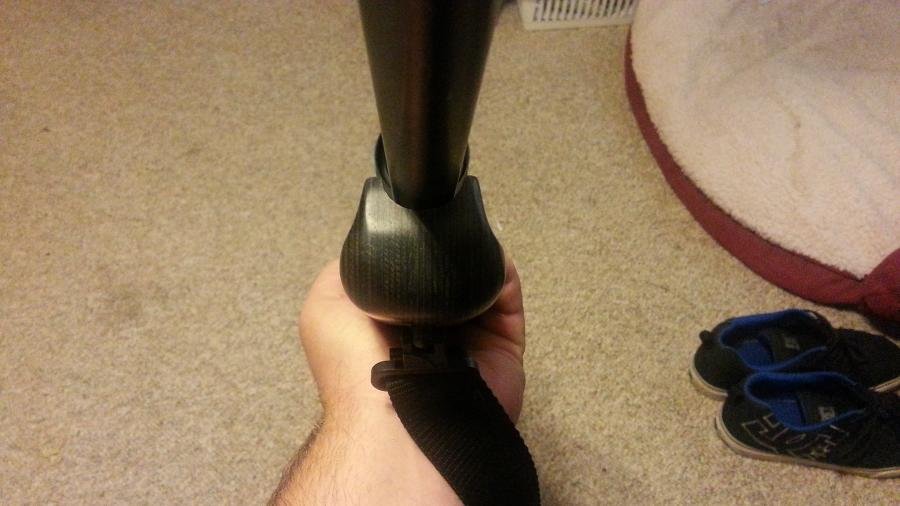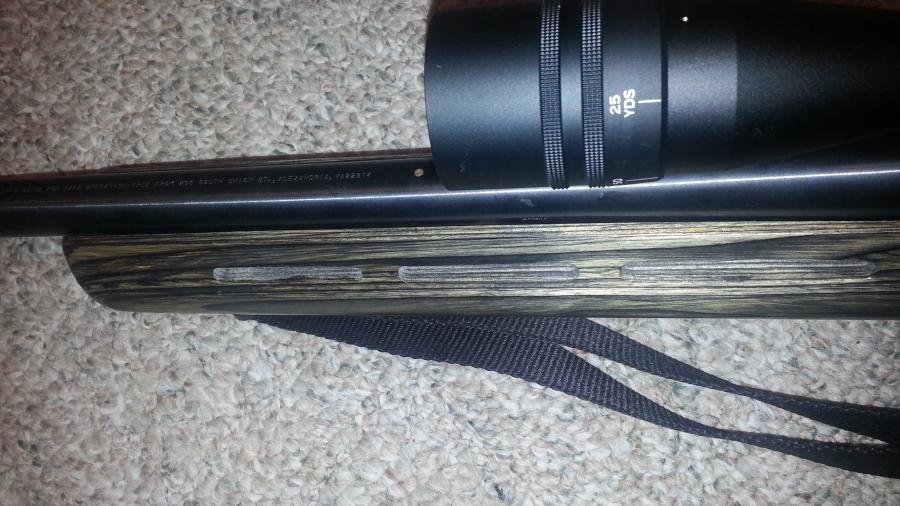- Aug 17, 2011
- 26,177
Brownells has a tool for this but the dowel/sandpaper will get the job done nicely.
I'd like to know more about that tool.
Inletting a '42 91/30 right now, and the sockets/sandpaper method is definitely time consuming, to put it mildly.




